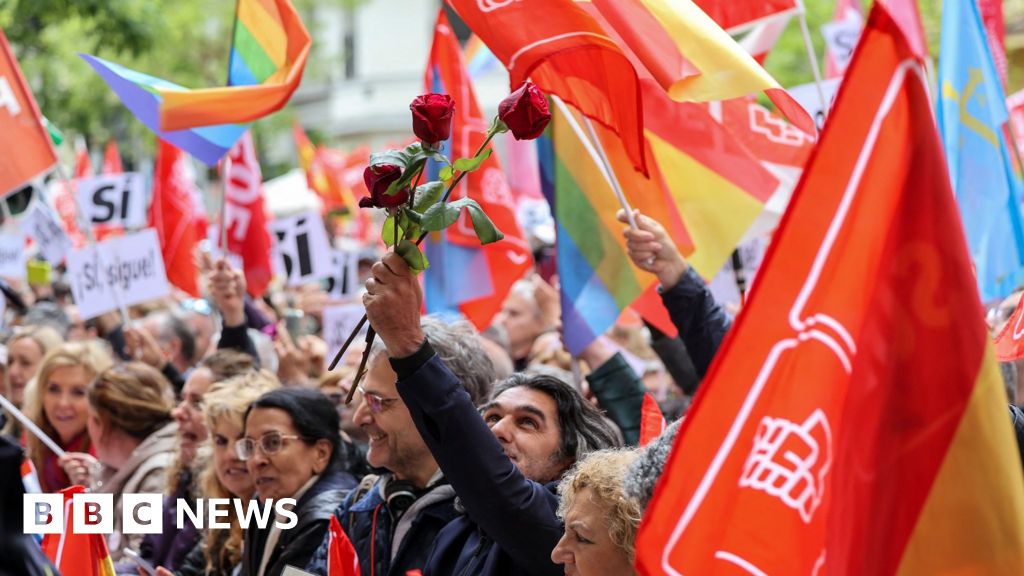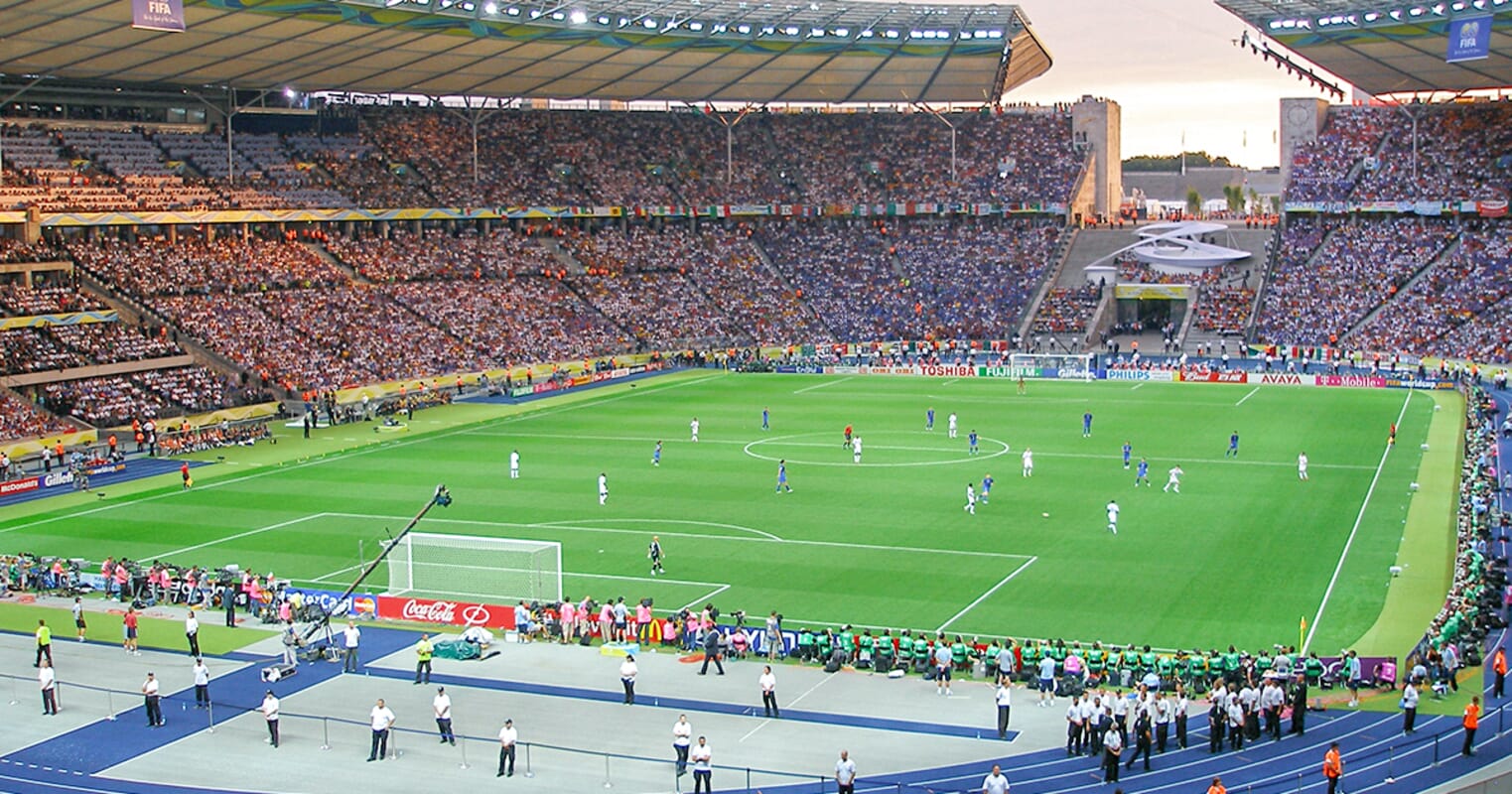Major League Baseball introduced several on-field rule changes last season that were meant to speed up the games and introduce more action. Purists howled, but fans embraced the moves. The result: Attendance soared, local TV ratings jumped, and the league posted record sponsorship and merchandise sales.
Also up: MLB team values.
The average team is worth $2.64 billion, including equity in real estate and sports-related businesses, such as regional sports networks and minor league teams, according to Sportico’s calculations. The value is up 12% from a year ago with the New York Yankees once again on top at $7.93 billion, followed by the Los Angeles Dodgers ($6.3 billion) and Boston Red Sox ($5.69 billion), based on conversations with team executives, as well as bankers, lawyers and investors familiar with team transactions.
The Yankees’ value only trails the Dallas Cowboys ($9.2 billion) and Golden State Warriors ($8.2 billion) among the world’s most valuable sports franchises.
Click for a ranking of all 30 teams or a data visualization comparing the teams.
It is not all rainbows and butterflies for MLB, with pressure on local TV rights fees, Florida teams’ struggles to draw fans and the Oakland A’s headed for a wildly challenging four years before a stadium in Las Vegas is ready in 2028. But investors see MLB teams overall as good value relative to other sports leagues, buoyed as they are by the amount of content provided by a 162-game season.
Baseball Economics
The 30 MLB teams generated an estimated $11.8 billion in revenue last season, including non-baseball events (i.e. concerts) at ballparks owned or operated by the teams. It was up 9% from the prior year with gate receipts (+12%) and sponsorships (+15%) offsetting flat local TV revenue. Central revenue rose 8% fueled by double-digits gains in merchandise and league sponsorships.
Fans flocked to the ballpark in 2023 with total attendance of 70.7 million, up 10% from the prior year. Credit the rule changes and new balanced schedule. The season included a record-tying 17 teams that drew at least 2.5 million fans, led by the Dodgers at 3.8 million. Many teams that have struggled to draw fans had big increases with the Miami Marlins, Tampa Bay Rays, Pittsburgh Pirates and the Cleveland Guardians all up more than 25%. Cincinnati Reds attendance climbed 46%.
Sponsorship gains were led by financial services and technology firms, as MLB gave teams a valuable new asset to sell last year with the introduction of the jersey patch program. Of the seven teams with jersey deals to start the 2023 season, the Red Sox had the richest pact—a 10-year agreement with Mass Mutual worth $17 million annually on average. In July, the Yankees reached a deal with Starr Insurance worth $25 million a year, and more teams signed pacts as the season wore on which will boost 2024 sponsorship revenue when teams receive a full year’s worth of value.
Eighteen teams currently have jersey deals, and the combined annual payout is roughly $200 million.
On the local media front, the bankruptcy filing by Diamond Sports Group did not result in the collapse of local TV rights. The company paid 95% of its owed rights fees in 2023, and MLB covered 80% of the remaining deficit triggered by DSG terminating its deals with the San Diego Padres and Arizona Diamondbacks halfway through the season.
While teams received almost all of their RSN money in 2023, Sportico once again significantly cut the value of any equity held by teams in networks as part of the related business category. In January, the Seattle Mariners took 100% ownership of Root Sports Northwest, which broadcasts their games. The RSN generated $64 million of cash flow in 2019 but lost $19 million in 2023, according to Kagan Research. We did not assign any value to the Mariners’ ownership in Root Sports. Last year, we cut the equity held by all the Bally Sports teams to zero.
All indications are that Diamond will emerge from bankruptcy as an ongoing concern, but more teams will see lower rights fees in 2024, as Diamond redid its deals with the Texas Rangers and Cleveland Guardians at 15% or so haircuts under agreements that terminate at the end of the year.
Warner Bros. Discovery’s exit from its AT&T RSNs means less cash versus legacy deals in places like Houston and Pittsburgh, which both took control of their local rights in rebranded RSNs where they are a joint owner. Those are Space City Home Network, which also includes the Houston Rockets, and SportsNet Pittsburgh with the Pittsburgh Penguins. MLB assumed control of the Colorado Rockies’ local media following AT&T’s RSN withdrawal.
MLB remains the most reliant on local TV revenue compared to the other major U.S. sports leagues. Baseball provided a perfect foundation for RSNs as they proliferated through the 1990s and 2000s. The game delivered a six-month season of highly rated three-hour games, mostly in primetime, along with shoulder programming of pre- and post-game shows.
The surge in MLB revenues outside of TV rights fees has softened the sports’ reliance on the revenue stream a bit. Local media, including radio, represented 23% of total MLB revenue in 2022 but fell to 21% last season.
The bottom 10 teams in MLB’s financial table were all on Bally Sports or AT&T RSNs in 2023 except for the Oakland A’s, who have their own financial perils to face. These teams are all backstopped to some degree by MLB’s revenue sharing system, which transferred roughly $500 million from the top clubs to the lower revenue ones—our revenue estimates are net of revenue sharing.
The A’s pocketed 50% of their allotted amount, or $27 million, per the 2022 CBA, which otherwise bans big market teams from receiving revenue sharing funds—they will get 75% of their share in 2024.
The A’s 2023 revenue was $241 million, more than $30 million behind the Miami Marlins in 29th. Oakland needs to find a stadium after 2024 to host its games until its new venue in Las Vegas for the 2028 seasons.
Big Movers
A trio of teams increased in value by more than 20%. The Atlanta Braves ($3.4 billion) and Houston Astros ($3.21 billion) both jumped 24%, with the Philadelphia Phillies ($3.03 billion) gaining 23%. They all jumped ahead of the New York Mets ($2.91 billion) and are ranked six through eight among the 30 MLB teams.
The three big market clubs have parlayed success on the field into massive revenue gains off the field in recent years. The Astros have made the League Championship Series seven straight years, while the Braves are riding a six-year playoff streak. The Phillies reached the World Series in 2022 and fell a game short last year.
Atlanta, Houston and Philadelphia are among the eight teams that drew 3 million fans last year. The Astros ranked fourth last year for ticket and sponsorship revenue behind baseball’s blue bloods, the Yankees, Dodgers and Red Sox. In 2023, Stanley Middleman bought a 16% stake in the Phillies from the Buck family at a $2.8 billion valuation—our valuations are based on a control sale and not an LP one.
The Braves were criticized for leaving downtown Atlanta for the suburbs when they opened Truist Park in 2017. The move has been a home run financially with revenue up 122%. The team now has a season ticket waiting list of 16,000.
The Braves and their 60-acre development around Truist Park, The Battery, are the blueprint many teams look to when mapping out their mixed-use development plans outside their stadiums. It generated $39.5 million in adjusted operating profit on $59 million in revenue last year.
The Texas Rangers, St. Louis Cardinals, San Francisco Giants and Chicago Cubs have robust real estate projects, and in November, the Astros announced plans for a hotel and entertainment district next to Minute Maid Park. Last week, the Phillies joined the Philadelphia Flyers and Comcast on a planned $2.5 billion development at the sports complex they share. In 2020, the Red Sox entered a joint venture with WS Development and ’47 Brand to redevelop certain real estate around Fenway Park.
The benefits of the developments are twofold: They help diversify the business with an additional revenue stream, and the proceeds sit outside of MLB’s revenue sharing program, with the teams above all payors into the system.
The Yankees’ real estate plans are limited by their footprint in the Bronx, but the club has used its brand and robust balance sheet to launch and invest in related businesses. The Yankees own 26% of the YES Network, which is by far the most profitable RSN with $243 million in cash flow last year, per Kagan. Other investments held by Yankee Global Enterprises include 20% of Legends, an 8% interest in AC Milan, 20% in New York City FC and 10% of A1 Padel. Those outside investments are worth more than $1 billion for YGE.
“We are a sports organization,” Yankees owner Hal Steinbrenner said at Sportico’s Invest in Sports event, adding that they are excited about the investments in AC Milan and Padel. He said they launched YES and Legends because the Yankees could run those businesses “better than anyone else could.”
The value of the Yankees has risen at an annualized rate of 14.3% since George Steinbrenner led a group that paid $8.8 million for the team in 1973. It is tops among current MLB owners, with Jim Crane second at 13.6% for his 2011 purchase of the Astros for $610 million.
Value Stock
In January, Carlyle Group co-founder David Rubenstein agreed to buy the Baltimore Orioles at a $1.725 billion valuation. Rubenstein’s group, which includes Ares Management co-founder Michael Arougheti, Michael Bloomberg and Grant Hill, is purchasing 38% of the franchise and the remaining roughly 30% held by the Angelos family after Peter Angelos’ death, which occurred March 23. The remaining limited partners have “tag-along” rights if they want to sell. Rubenstein’s purchase is expected to be approved by MLB on Wednesday, and he will be the control owner.
The deal marks just the fifth MLB team control sale in the past 12 years—Steve Cohen’s purchase of the New York Mets for $2.42 billion in 2020 was the previous one. The Orioles generated around $310 million in revenue in 2023 after revenue sharing, putting Rubenstein’s price at 5.6 times revenue. The Rubenstein deal reiterates a theme echoed by investment bankers around the sport: MLB teams provide good value right now versus other established sports leagues. Last year, the NFL’s Washington Commanders sold for 11 times revenue, while the NBA’s Phoenix Suns commanded 13 times revenue.
Overall, MLB’s value to revenue multiple is 6.7 versus 11 for the NBA and 8.8 for the NFL.
The Orioles’ sale did not assign any value to its 75% stake in Mid-Atlantic Sports Network—the Washington Nationals hold the remaining shares. MASN’s finances have deteriorated significantly in recent years. In 2019, the network generated $134 million in cash flow, but that sank to $19 million last year, according to Kagan.
While MASN doesn’t hold much value these days, the Orioles, and every MLB team, owns a 1/30th stake in MLB Advanced Media and the league’s investment arm, Baseball Endowment L.P. Those two assets are worth $2.5 billion, or $84 million per team, according to the Braves SEC filings.
Beyond the valuation gap with other sports leagues, baseball’s opportunity lies in the volume of content with 162 games each year. Those 70 million fans at the ballpark generate revenue from tickets, concessions and parking, as well as customer data that allows teams to target their customers even better. And while the economics of RSNs are under fire, the games still produce massive TV audiences that are the top-rated primetime programming in most markets—ratings rose at least 25% for nine teams last year.
“I think MLB is cracking the code with how they are tapping into their fan base,” Henry Flynn, who manages Fitch Ratings’ portfolio of sports credits, said in a phone interview. “I expect them to continue on a growth trajectory.”

Sarah Wilson is your guide to the latest trends, viral sensations, and internet phenomena. With a finger on the pulse of digital culture, she explores what’s trending across social media and pop culture, keeping readers in the know about the latest online sensations.








